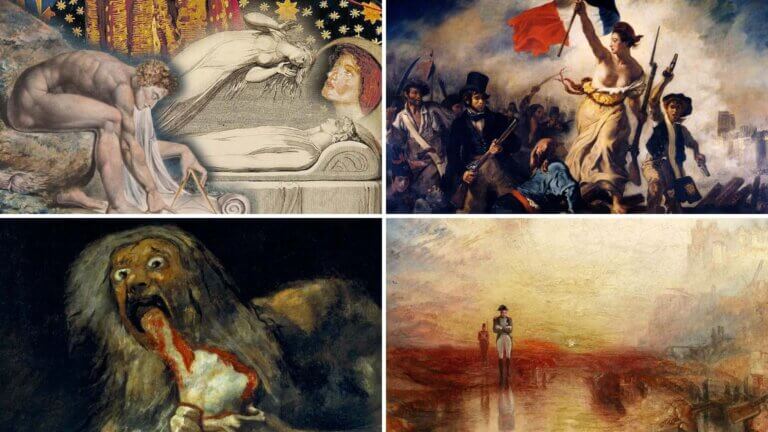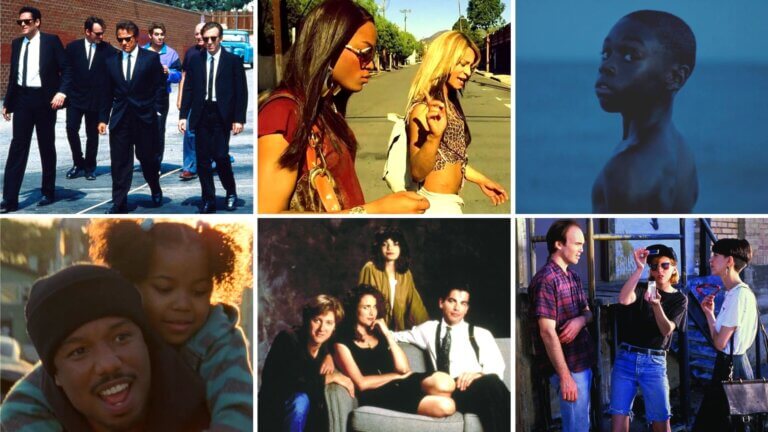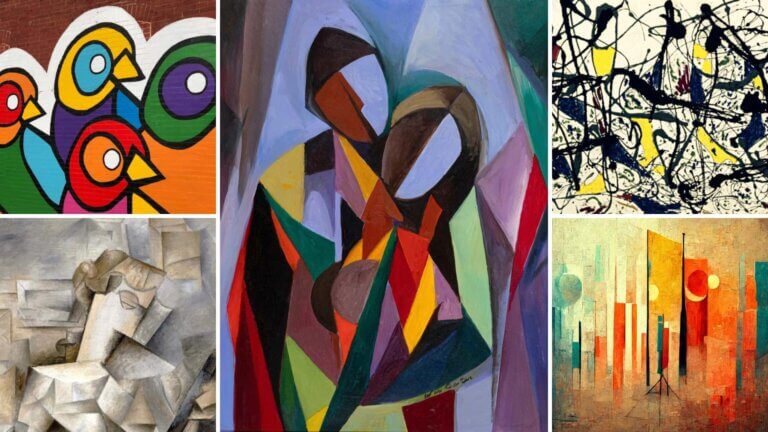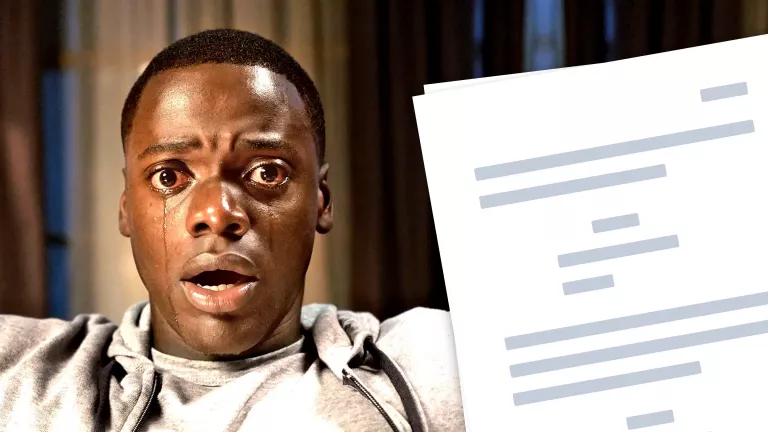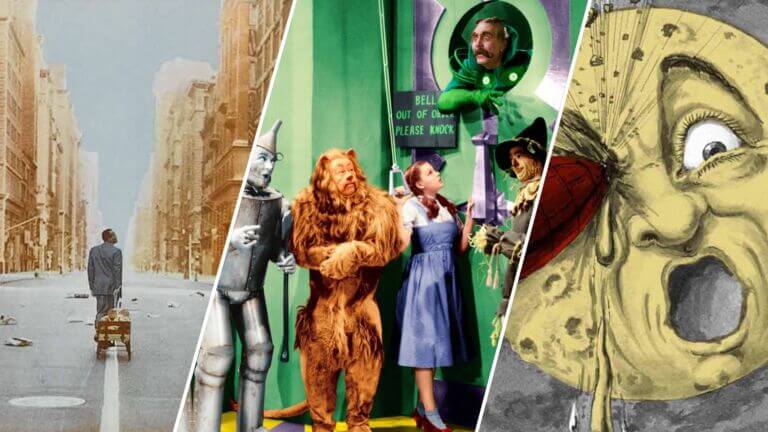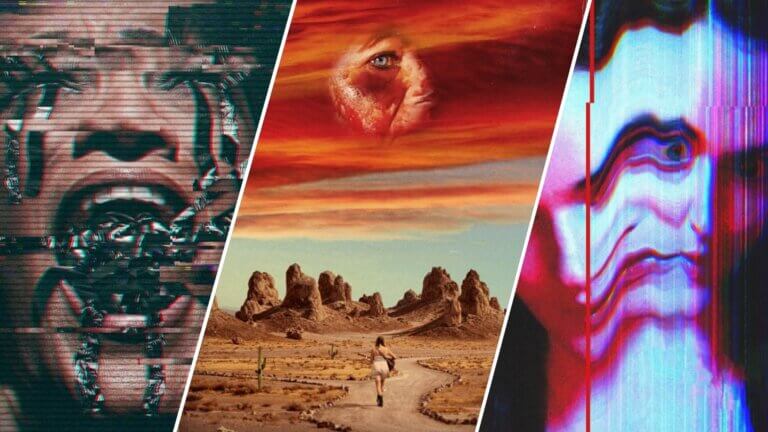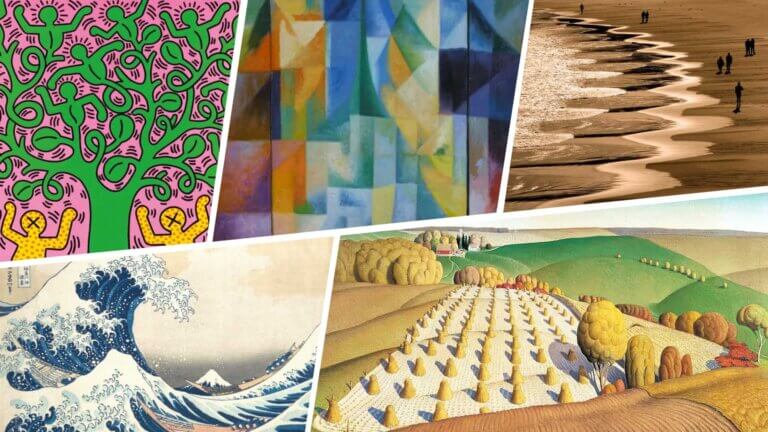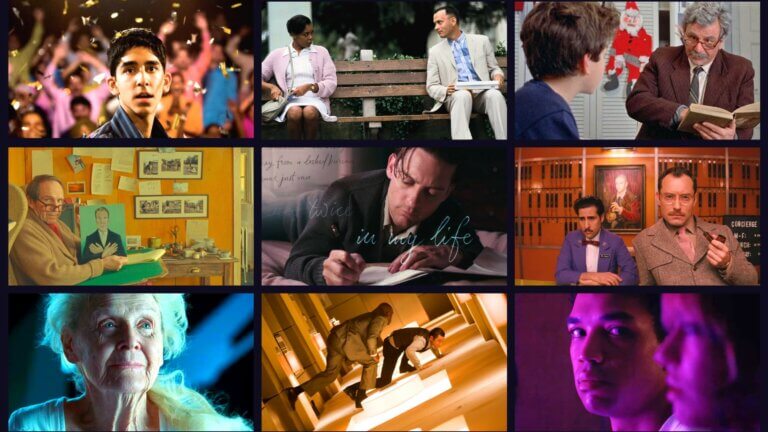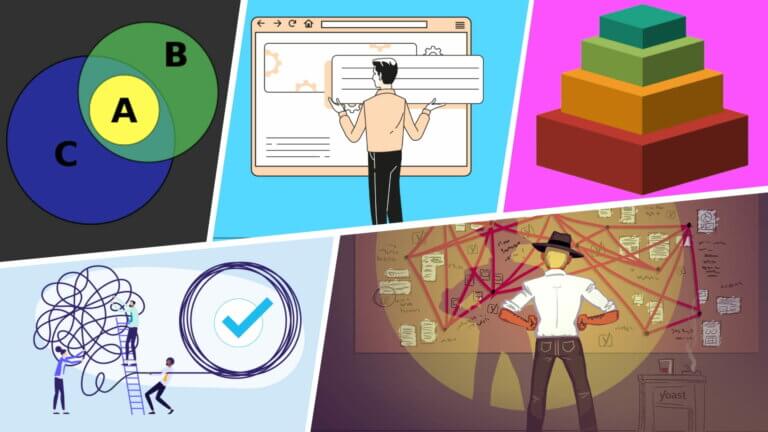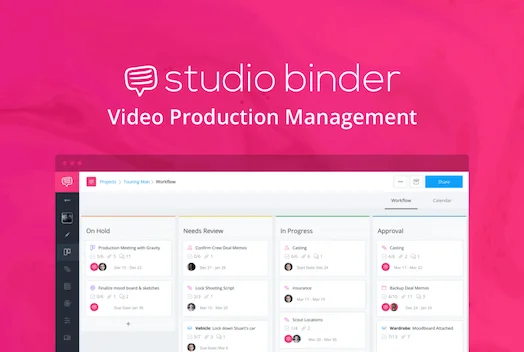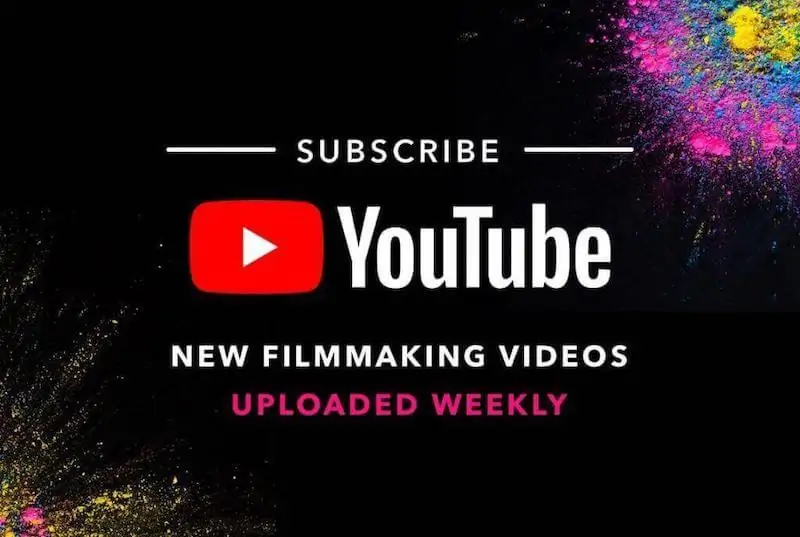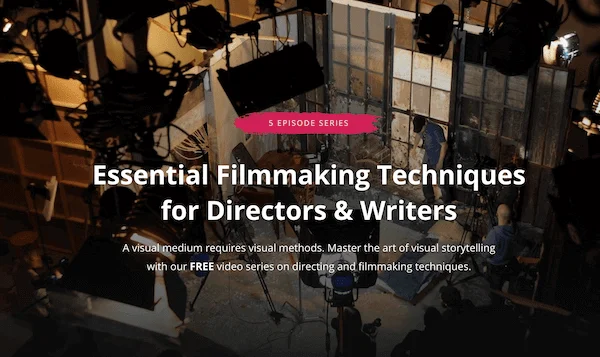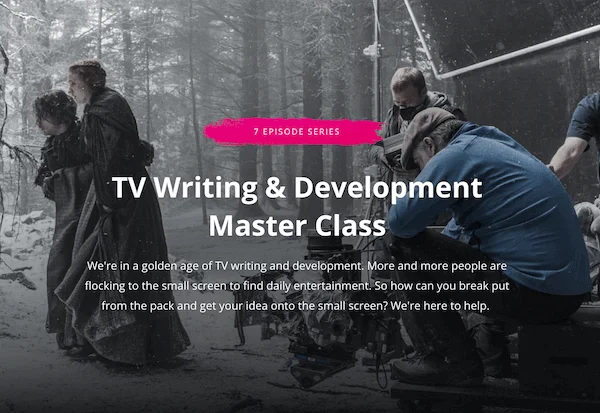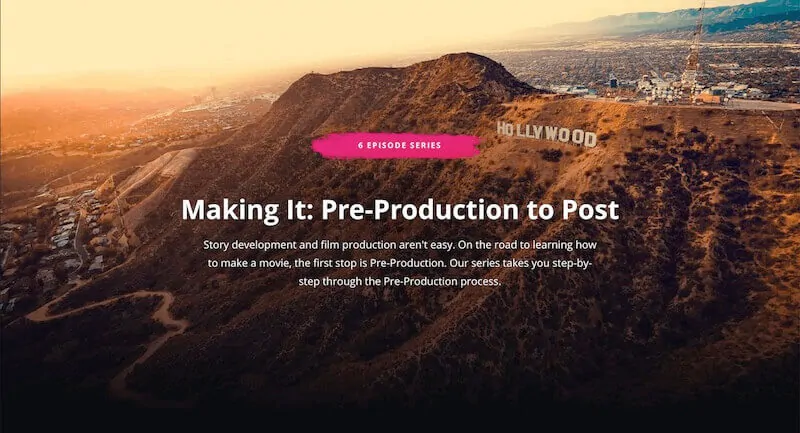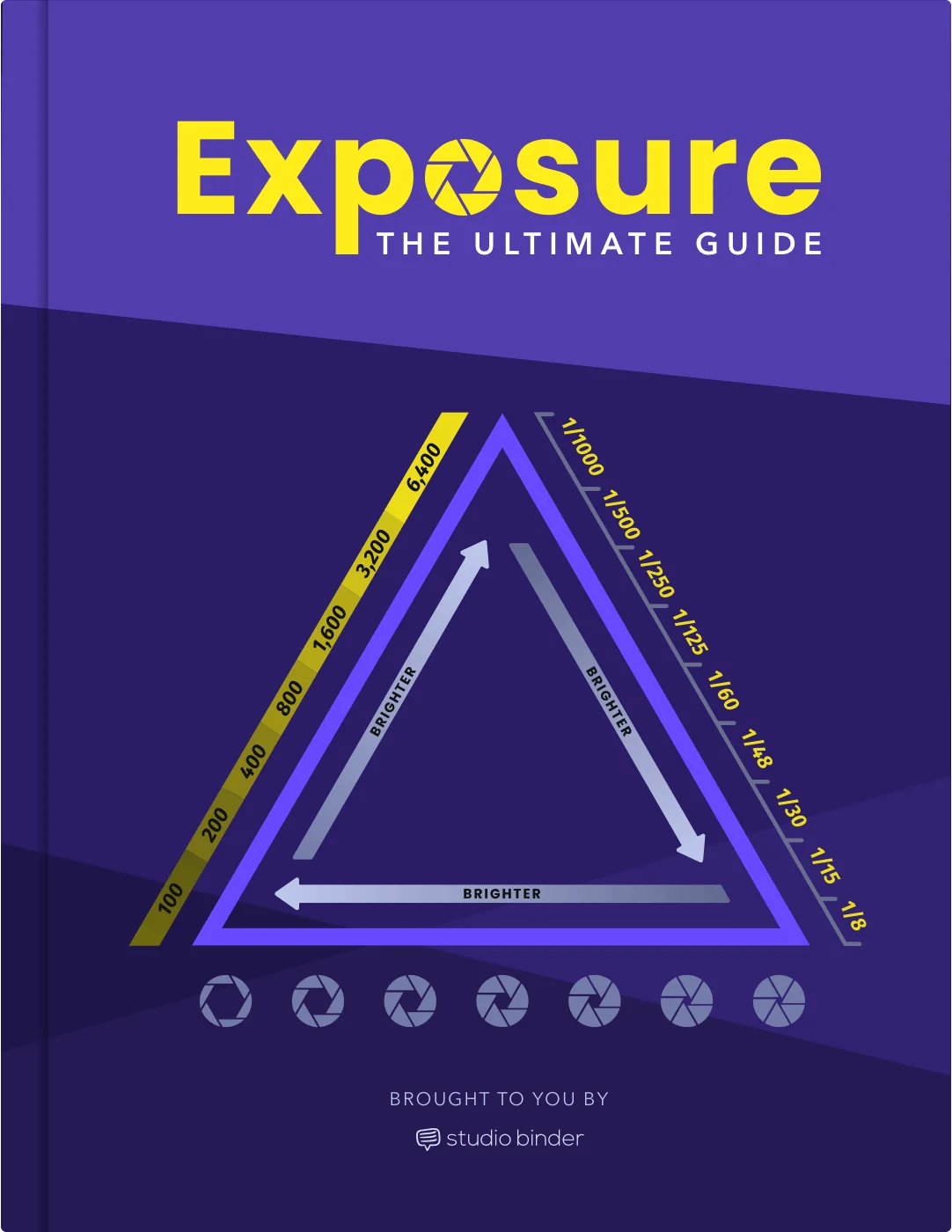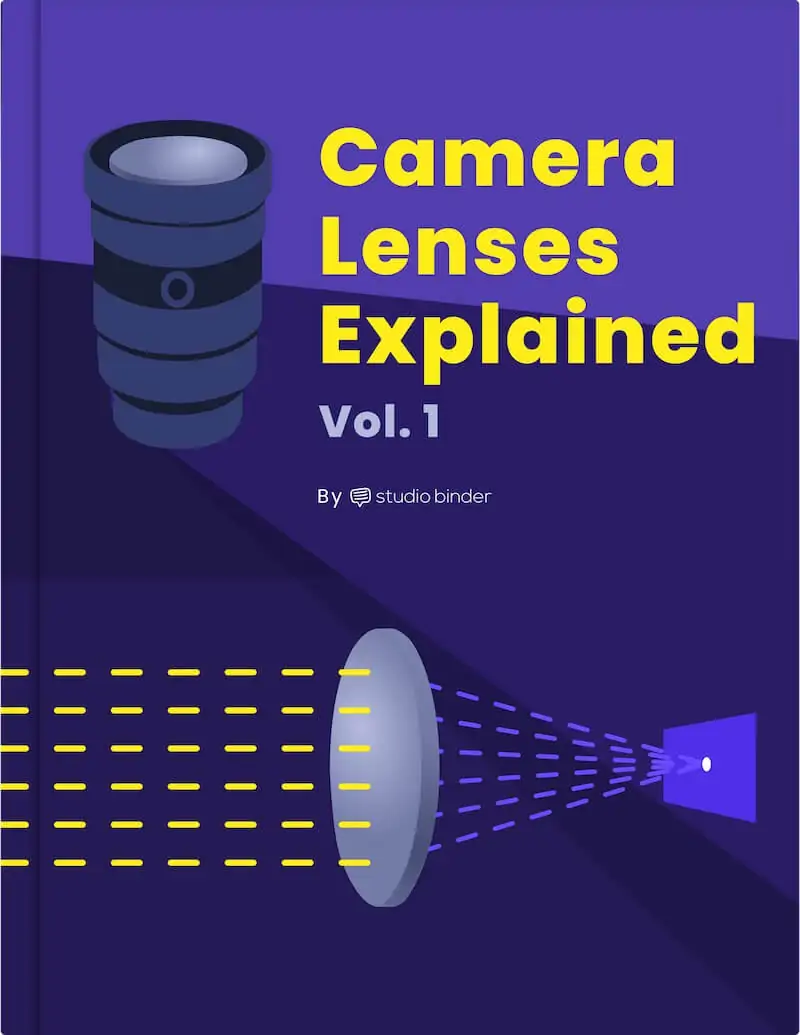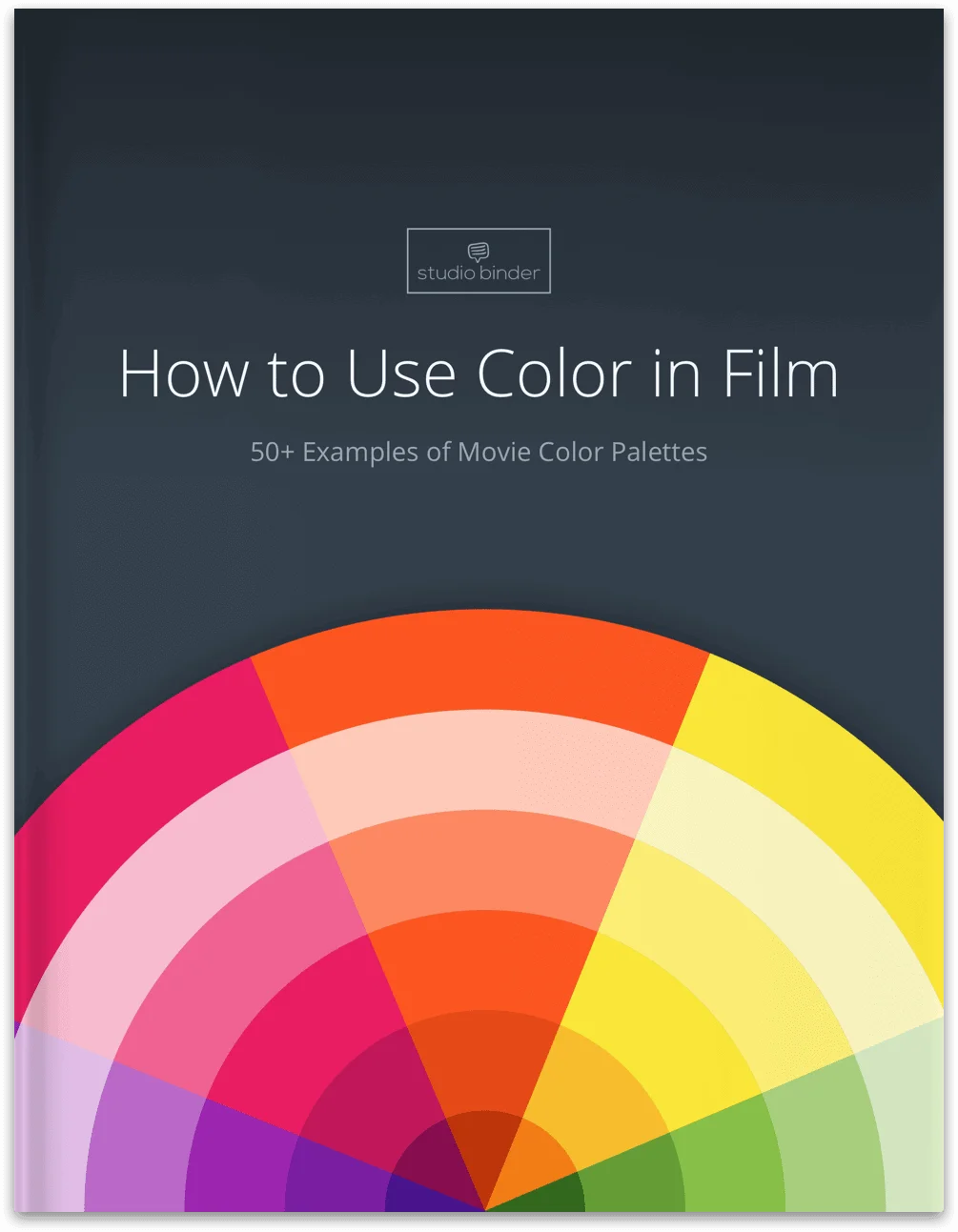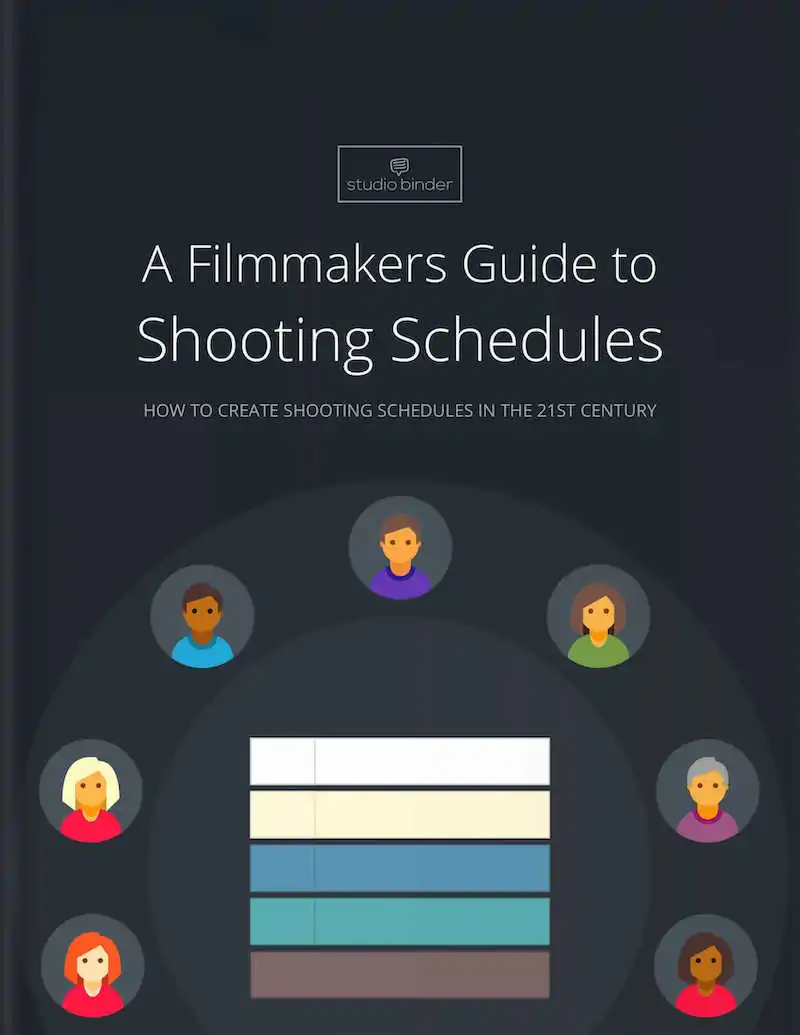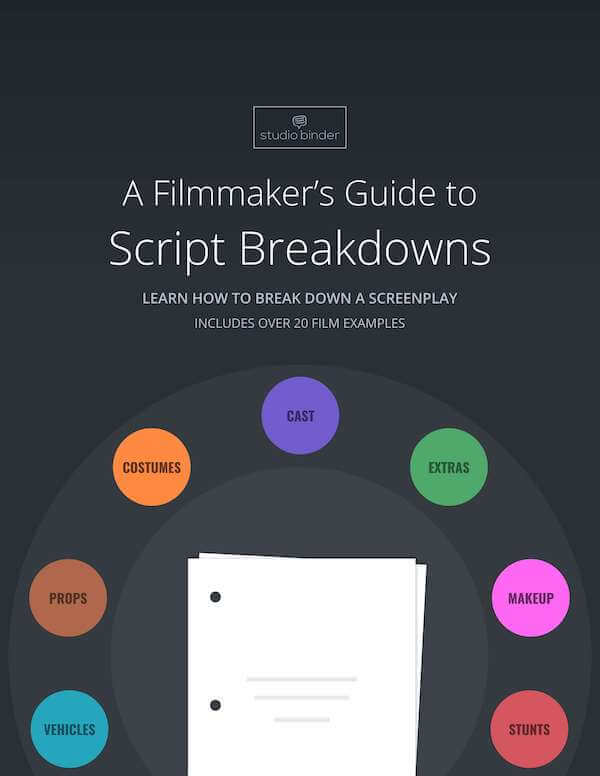When we think of the word "romantic," we often associate it with expressions of love and affection. However, during the late 18th and early 19th centuries, the term "Romanticism" was used to describe a cultural movement that went far beyond matters of the heart. In this blog post, we will delve into the history and cultural context of the Romanticism movement, examining key themes and stylistic techniques that define this fascinating era. Whether you are a literary enthusiast or a visual art connoisseur, this post will offer insights into the cultural and artistic significance of Romanticism. Continue reading What is Romanticism…
In the world of cinema, there's an intriguing space where creativity meets passion, free from the constraints of big-budget studios. This is the realm of independent, or 'indie', films. The term 'indie' has become synonymous with uniqueness, originality, and autonomy in filmmaking. In this article, we will delve into the world of indie films, exploring their definition, characteristics, and the impact they have had on the cinematic landscape. So, grab your popcorn and let's embark on this cinematic journey.Continue reading What is an Indie Film — Definition & History Explained
Do you ever look at a painting in a modern art museum and wonder “what am I looking at?” We've all experienced that moment when we want to know more about the unusual artwork we're seeing. Modern artwork is mysterious and thought-provoking, making it an exciting form of expression for artists around the world. But what is modern art exactly, where did it come from, and why do so many people love it? In this blog post, we'll explore these questions to help you understand the nature of modern art better. Continue reading What is Modern Art — Definition, History and…
Get Out received widespread critical acclaim and numerous accolades for its groundbreaking storytelling, exceptional performances, and powerful social commentary. In many ways, it’s a product of everything great about the horror genre while also reinventing the genre itself. In this blog analysis, we will take a closer look at what makes Get Out such an important film. We'll examine its themes, characters, and plot in depth, exploring how they all work together to create a truly unforgettable cinematic experience.Continue reading Get Out Script PDF Download — Themes, Characters, and Ending
One of the biggest misconceptions about cinematic history is that color was first introduced to movies around the 1930s. While this is true for specific color processes, filmmakers were attempting to incorporate color into their films as early as the first few decades of motion pictures. What was the first color movie and how did they implement color into film long before the Technicolor’s revolutionary process? What was Technicolor’s revolutionary process? Who is Technicolor? Don’t worry, we’ll dive into all of these questions and more in this article.Continue reading What Was the First Color Movie? — It’s Not What You Think…
Analog horror, an intriguing sub-genre that harks back to a bygone era, has been increasingly prevalent in the horror scene. Fusing elements of nostalgia, suspense, and eeriness, it presents a unique exploration of fear through a retro lens. But what is analog horror and how does it distinguish itself from other subgenres of horror? How does it use elements from the past to evoke fear? Continue reading What is Analog Horror — History and Examples Explained
Have you ever noticed how some artworks seem to move or flow? This is achieved through the use of rhythm. Rhythm in art is a powerful tool that can draw viewers into an artwork and create a sense of harmony and connection. In this article, we will explore the meaning of rhythm in art, how it can be achieved through visual and auditory elements, and provide some examples of its application. Join us as we take a closer look at rhythm in art.Continue reading What is Rhythm in Art — Principles, Types & Techniques
In a story, context can change how we perceive and experience a narrative. Sometimes, writers use a larger story as the context for another. This technique is known as a frame story. Frame stories add depth to a narrative, creating an initial lens through which we view the rest of the story. This lens can be retrospective, subjective to a character, or it can simply establish the degree 0f accuracy of another story being told. The various ways frame stories can be used prove their value as a storytelling technique.Continue reading What is a Frame Narrative — Stories Inside Stories
Language is the basis of communication. Within communication, specifically written language, writers may have different purposes with their work. As a reader, it's beneficial to understand a writer’s goal, and as a writer, it’s important to understand how to use language to work for your own goal. Therefore, understanding text structure is vital for both readers and writers. What is text structure, and why are the types of structures that exist? Let’s dive into it. Continue reading What is Text Structure — Definition, Examples & Types Explained
Dialogue can be a critical piece to a great screenplay. It’s how characters interact with each other and how the writer interacts with the audience and communicates information. In this article, we’ll take a look at how to format dialogue in a script so you can create dialogue in a simple format.Continue reading How to Format Dialogue in a Script — Screenplay Fundamentals
